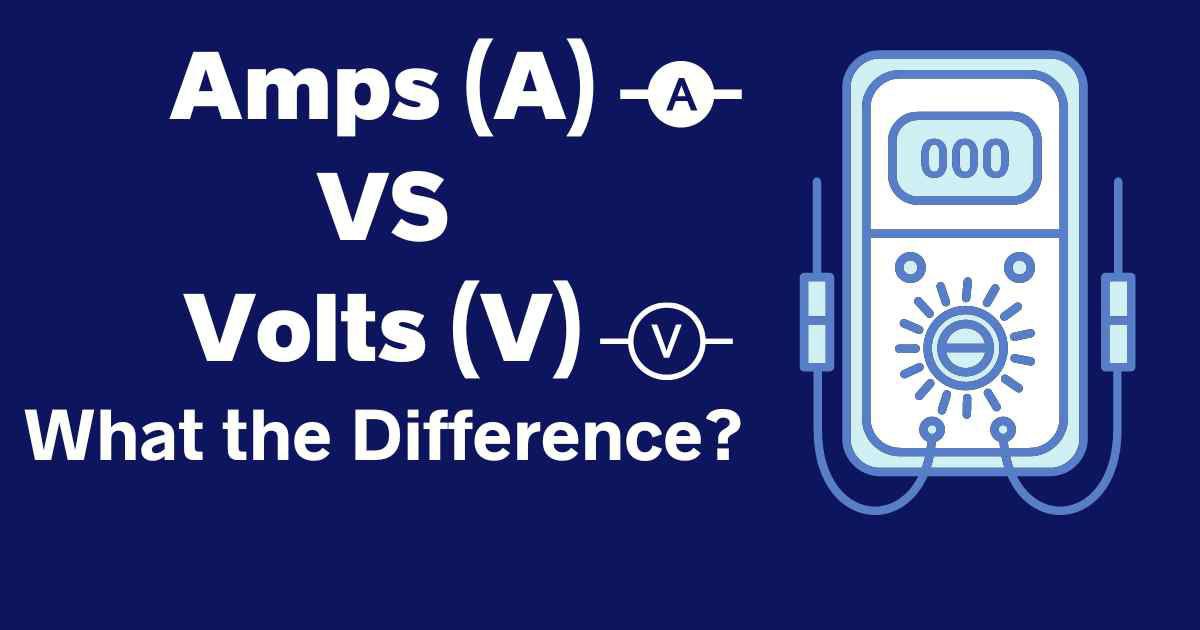What is the difference between voltage and ampere?
Voltage and amperage are central concepts that form the basis of electrical systems. The purpose of this post is to review the differences between voltage and amperage, clarify their definitions, units of measurement, and their practical applications.
Voltage, often expressed as V or U, can be defined as a measure of the difference in electrical potential between two points in an electrical circuit, commonly referred to as “electric pressure” or “electromotive force” (EMF). to be Voltage represents the energy per unit of charge available to transfer electrical charges from one point to another in a circuit. Its measurement unit is volt (V).
In simpler terms, voltage determines the strength or intensity of the electrical force that pushes electrons through a conductor. A higher voltage means a higher energy level per unit charge, which, in turn, creates a greater potential for electrical current.
Voltage is very important for the transmission of electricity over long distances, as it ensures sufficient energy for efficient transmission of electricity, and it is used in power distribution networks, power grid systems, and electronics to provide the necessary potential for current.
Ampere, symbolized by A, is the standard unit of electric current. It measures the amount of electric charge passing through a certain point in the circuit in a unit of time. In other words, ampere shows the amount of electric charges (electrons) flow in a circuit and defines how many electrons pass through a conductive medium like a wire every second.
Electric current is often visualized as water flow. Amperage measures the flow of water (current), while voltage is the pressure of water (potential difference) that drives the current. The higher the current, the more charges will pass through a point in a given period of time.
Ampere is necessary to determine the rating of electrical devices and circuits based on their current carrying capacity. It is used to express the power consumption of household appliances, choose the appropriate wire size and protect electrical circuits through fuses and circuit breakers.
Understanding the key differences between voltage and amperage is essential to understanding the behavior of electrical systems. Both are vital aspects of electrical engineering and play an important role in the operation of various electrical devices and systems.
@HIKSERVICECCTV
This post is written by HIKSERVICE_ADMIN
